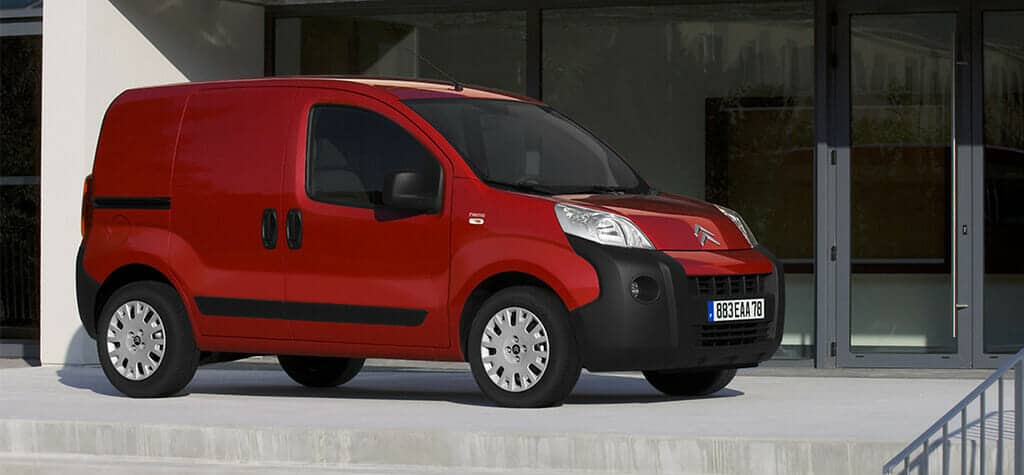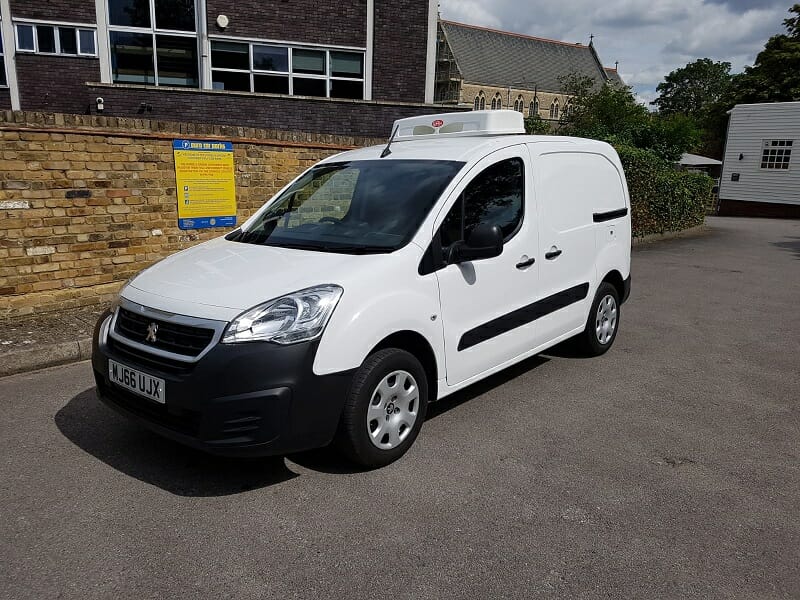
It’s sometimes complicated to know exactly how refrigerated vans work. In this post, not only are we are going to be supplying you with everything you need to know about the functions of the refrigerated van system.
It is a common misconception that refrigerated vans function by ‘creating coldness’. This is in fact not true, as the cool temperatures are achieved not by producing cold but by removing heat. The more heat you remove, the lower the temperature you’ll achieve. At Glacier Vehicles, our fleet of freezer vans can easily reach a temperature as low as -25deg Celsius.
There are three main components that make up the refrigerated van system:
- The Evaporator
- The Compressor
- The Condenser
Firstly, cooled liquid (known as refrigerant) are placed into tubes. You can find these in the initial Evaporator component and it is here where the cool, refrigerant liquid absorbs the heat found in the surrounding air. As the liquid absorbs this heat it changes state and becomes a gas. This gas is of a low-pressure and is taken away from the evaporator by a pump along with the absorbed heat, leaving the air around it at a cooler temperature.
The second component, the compressor is responsible for pumping the refrigerant (now a low level gas) and turning it into a high pressure gas. The final component is the Condenser who’s job is to turn the refrigerant back into liquid form so the process can be repeated. It achieves this with the help of outside air which is blown through it. This process removes the heat at the refrigerant, allowing it consequently returns to it’s liquid state once more. Only then can the process be repeated in circuit.
So there you have it. To conclude, the trick to refrigeration systems is that they don’t create cold from nowhere. Instead, they remove the heat from the surrounding area thus lowering the temperature. This heat is then taken away and moved elsewhere. This is why if you feel the back of your fridge or freezer at home, they can often be unexpectedly warm. In a refrigerated van system however, this heat is moved from the inside the vehicle to outside. This way, the climate inside the van is kept at that constant, cool temperature that is most desired.



